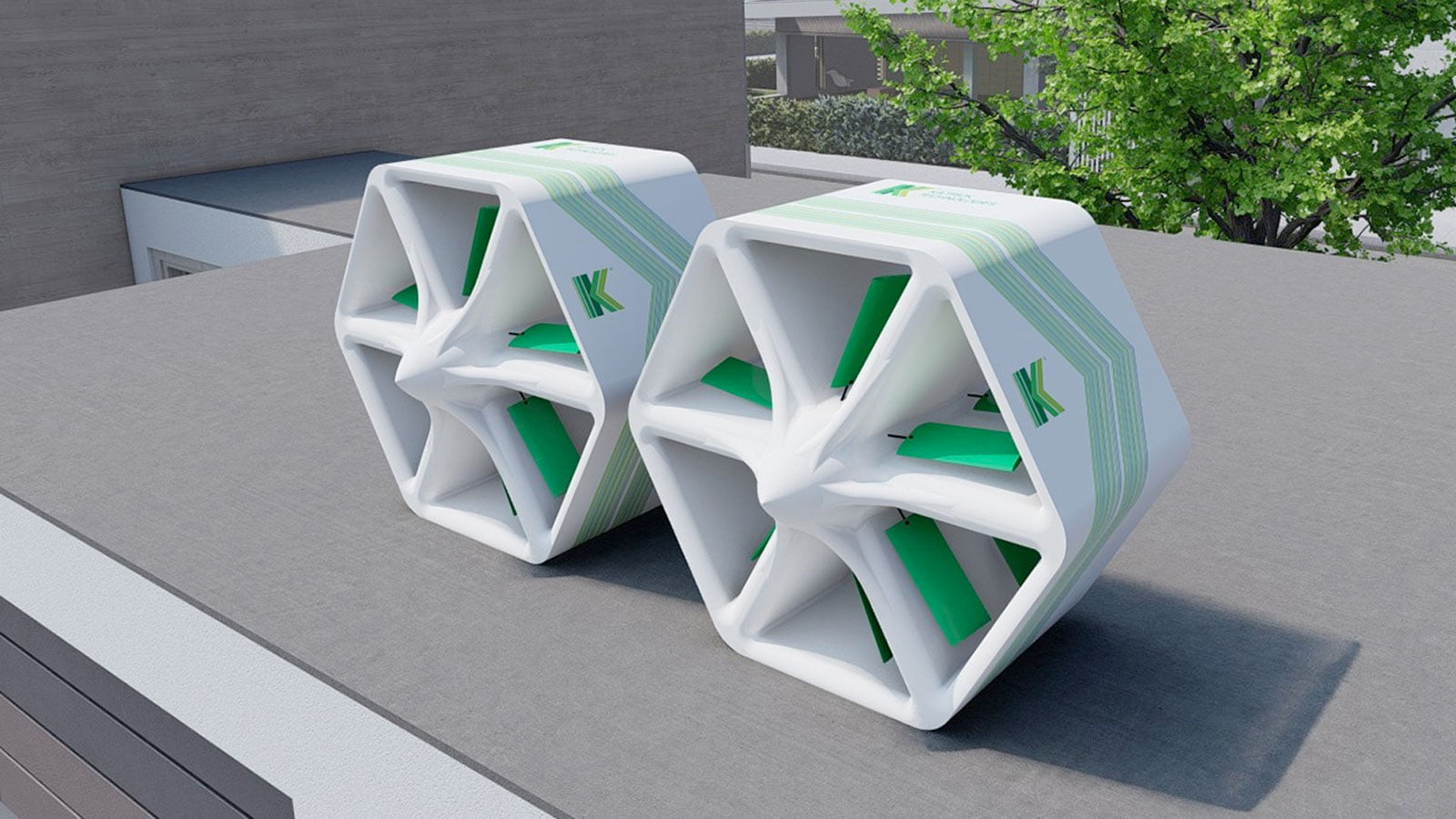Vijay Madlani, CEO of green energy innovator, Katrick Technologies argues that, to achieve the green transition, we need to overcome geography.
The Green Alliance recently published a report highlighting geographical regions with high potential for green energy activity, noting that the UK will need a place-based Green Industrial Strategy in order to better compete with US and EU green incentives. Unsurprisingly, Scotland is one place highlighted in the report as having great potential.
Scotland’s proximity to offshore wind in the North Sea, the growing hydrogen cluster around Aberdeenshire, and the research and development coming from cities like Glasgow, make it an ideal contender for green energy. Katrick Technologies itself was launched in Glasgow and is the brainchild of research from an alumni of the University of Strathclyde.
The comprehensive report focuses on the importance of innovation, skills, and existing infrastructure in these locations, but the overwhelming catalyst for their potential to be green energy hotspots is geographical location.
Interestingly, the Green Alliance report was published in the same week Labour leader Keir Starmer announced that, should the party gain power, it would impose rules that require local councils to ‘proactively identify’ areas for renewable generation. While this is positive news, how realistic is this ambition?
Not only is the public generally averse to renewable sites being constructed in their neighbourhoods, but many spaces are also simply not suitable for today’s renewable infrastructure. After all, a typical wind farm requires between two and 40 acres of space per megawatt of capacity — not to mention specific spacing between turbines and land boundaries. Even in rural communities, the feasibility of constructing a large-scale wind farm is limited.
For Labour’s ambitious energy plans to become possible, and to unlock more UK hotspots for net zero, as cited in the Green Alliance report, we need to invest in more diverse energy technologies.
Alternatives to wind power
To get diversity in the green energy technologies that we are installing, we need to look beyond the traditional wind turbine and solar panel. For example, wind panels, which are designed as an alternative to wind turbines, are a fraction of the size and can generate power from low and ground level wind.
Wind panels provide a method of generating power from previously unharnessed wind. What’s more, they are suited for installation in almost any location, including at roadsides, rooftops and on brownfield sites.
Wind panels capture vast amounts of kinetic energy using a number of channelling ducts. Here, multiple aerofoils convert the wind into mechanical oscillations, which are then converted into electricity. The technology is currently being prepared for prototyping stage with the Manufacturing Technology Centre (MTC) and is due to be on the market by the end of 2023.
To encourage the development of these technologies — and to make Labour’s plans possible — we need investment and engagement from machine builders that can take these designs to the mass market. Whether the Government will need to step in to support these commercial partnerships is another argument, but may be essential if Starmer instigates his plans for a nationalised energy service.
The Green Alliance’s hotspots are fine examples of regions with high potential for net zero. However, for the UK to become a global green energy leader, and to enable Labour’s goals, we need to diversify our technologies and unlock energy from all corners of the UK.






